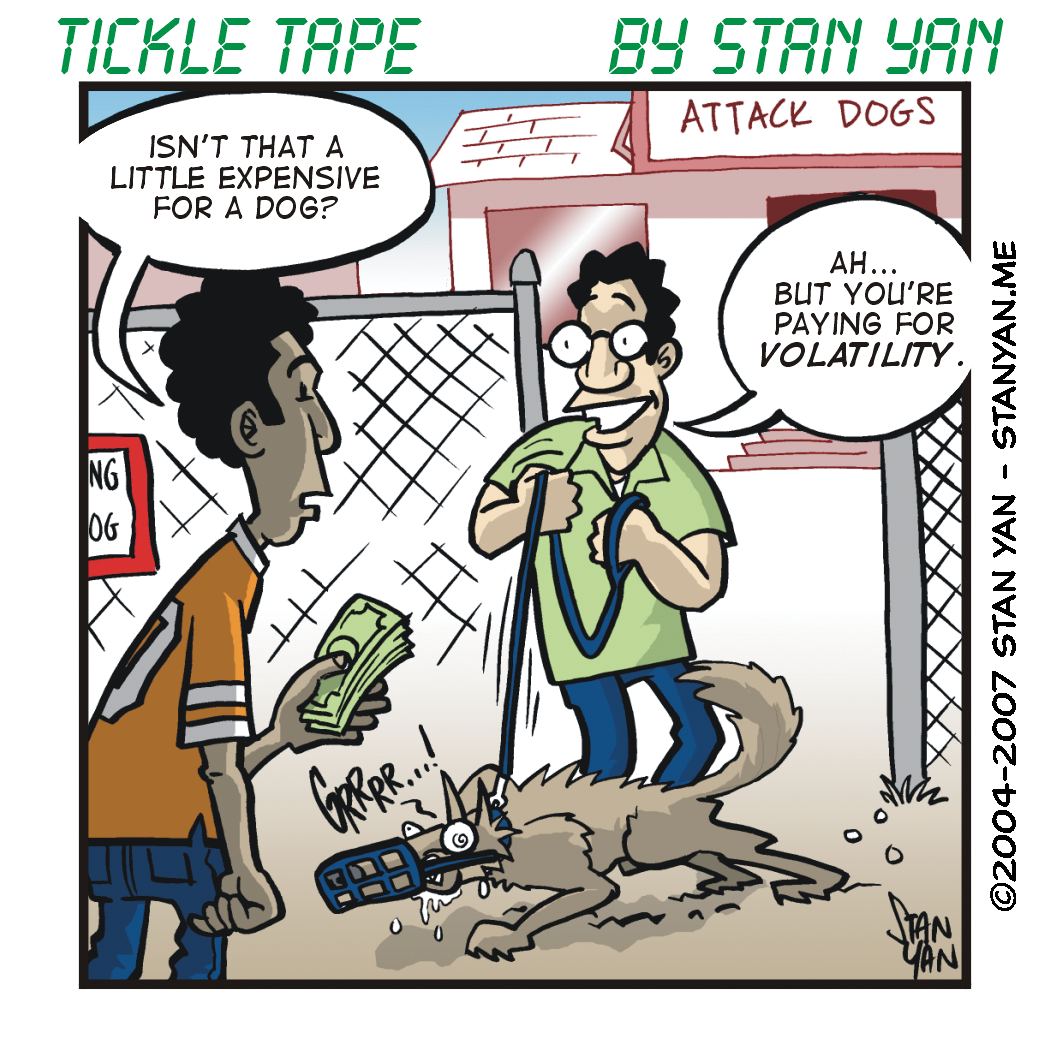When trying to meet the challenges of trading, it is often easy to obsess about what you are doing wrong until you start to feel that you’ll never master the markets. Rather than focus on what you are doing wrong, however, it’s often much more productive to emphasize what you are doing right. Once you’ve acknowledged where your assets lie, only then should you identify the specific areas where you need improvement, and make a few minor adjustments. Focusing on what you’re doing wrong first is bound to make you feel a little frustrated, and perhaps, disappointed. But focusing on what you are doing right initially will help you feel optimistic. And when you feel optimistic, you’ll be more likely to carefully scrutinize what you’re doing wrong, and you will be ready to focus your efforts on building up your skills to offset your limitations.
As children, we are often taught to look for our limitations and feel bad about them. We are taught to expect punishment for our mistakes. Soon, we start to avoid punishment, even if it means denying our limitations. And when limitations lie hidden, decisive steps to remedy the problem are not taken until a disaster happens. An alternative approach, however, is to welcome failure. It’s like saying, “I believe in my overall skills. I’m going to try and see what can go wrong, so I can trade even better.” Rather than looking at a failure as a dreaded event, you can take a more active, problem-solving approach. You can look at failure as an opportunity for growth and development.
A positive outlook can provide the motivation to avoid denial and focus on evaluating your trading performance. Trading consists of a set of relatively complex tasks in which many different skills and subtasks must be mastered and integrated. You can’t expect to get it all down faultlessly the first few times around. You’ll never meet this grand expectation, and you’ll just get overly stressed in the end. You must break the trading task down, develop each skill separately, and then try to put it all together after you have a few of the sub-tasks mastered. Consider a trader who has a few things going right, and a few things going wrong.
Suppose he or she is a disciplined trader but is unprofitable because he or she has used flawed, unreliable trading strategies. If a person has adequate trading capital, knows how to map out every aspect of a trading plan (such as entry, exit, and risk control strategies), and can stick to the plan, he or she has a lot of things going right. It’s important to recognize these assets immediately. This makes you feel optimistic and ready to closely focus on the few things going wrong. With this energy and enthusiasm, you can more easily build the skills you need to trade profitably (In this particular case, you can focus on learning and executing winning trading strategies, while feeling assured that other sub-skills have been mastered).
Different traders have different assets and limitations. Some may use sound trading strategies but do not know how to stick with their trading plan. Many may know how to specify part of their trading plan (such as risk management), but may not know how to specify other parts (such as entry and exit strategies). Whatever you’re doing “wrong,” it’s vital to identify these issues and correct them. But by focusing too much on the negative, you will feel disappointed. Focus on the positives first. You’ll feel more optimistic and be ready to look at your limitations more objectively.

